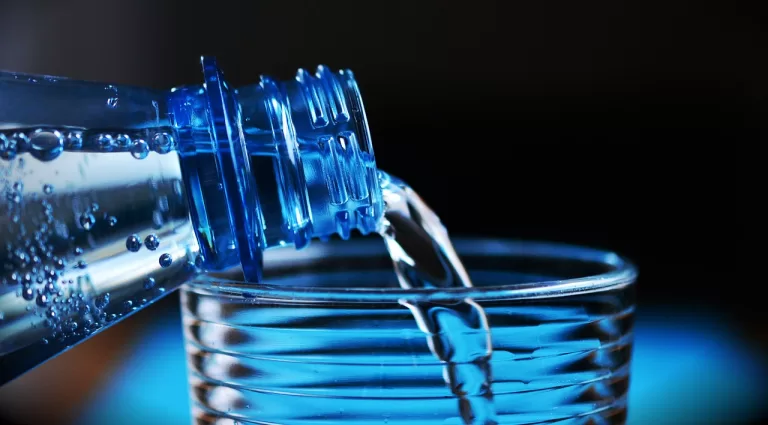40% of the population exceeds the standard for plasticizers! 6 common ways of drinking water are considered unideal. Plasticizers are environmental hormones that accumulate in the body and disrupt the endocrine system.

Plasticizers are environmental hormones that accumulate in the body through food, air, and skin exposure, disrupting the endocrine system. According to statistics from the Hanshi Functional Medicine Research Center, based on 3,500 test data over the past 3 years, nearly 40% of the population had excessive levels of phthalates (one type of plasticizer) in their bodies. When the endocrine system is continuously disrupted by plasticizers and other environmental hormones, it can affect cardiovascular, metabolic, thyroid, and nervous systems. Children, especially at a young age, are more susceptible to accumulating higher concentrations of environmental hormones, which may lead to risks such as early puberty.
According to Dr. Zhu Nianfeng, the Director of the Occupational Medicine Department at the Integrated Loyalty Clinic and Kaohsiung Veterans General Hospital, environmental hormones can accumulate in fatty tissues, affecting hormone function and causing endocrine disorders. Common symptoms include infertility, irregular menstruation, premenstrual syndrome, breast cancer, fibrocystic breast disease, polycystic ovary syndrome, endometriosis, uterine fibroids, endometrial cancer, prostate cancer, decreased sperm count, bladder cancer, and obesity.
Beware of ingesting plasticizers and environmental hormones! According to the information from Dr. Ou Hanwen, a comprehensive clinic, and Dr. Chen Junguang, the Deputy Director of Lida Clinic, plasticizers and other environmental hormones are widely present in various daily plastic products. They can be found not only in plastic containers, bags, cling film, and instant noodle oil packets, which can be easily ingested orally, but also in scented skincare and bath products as fragrance additives.
In everyday life, people may be exposed to plasticizers through food packaging, or contamination can occur when heating, cooking, or handling foods with high levels of oil or fat. The cumulative exposure from various sources can be significant.
Drinking water is one of the most common channels for plasticizers to enter the body. Dr. Zhu Nianfeng emphasizes that it is important to consume 2000-3000ml of water per day to meet the body’s needs. However, drinking water in the following “6 incorrect ways” can lead to toxin ingestion and potentially increase the risk of cancer: using plastic cups for hot water, plastic bottles for hot water, plastic water bottles for hot water, drinking hot beverages with plastic straws, using plastic bags for hot soup, and using plastic spoons for soup.
Fortunately, once plasticizers enter the body, they can be metabolized and eliminated. According to the Environmental Trace Toxicology Research Center at National Cheng Kung University, human experiments have shown that approximately half of the DEHP (one of the most common plasticizers) taken into the body can be excreted through urine within 12-24 hours. The majority can be excreted through urine or feces within 24-48 hours.
From the perspective of functional medicine, as shared by Dr. Ou Hanwen and Dr. Chen Junguang, the best way to protect the body from the effects of plasticizers and other environmental hormones is to “reduce exposure” to environmental hormones and “accelerate the body’s metabolism.”
Source: Neowave
